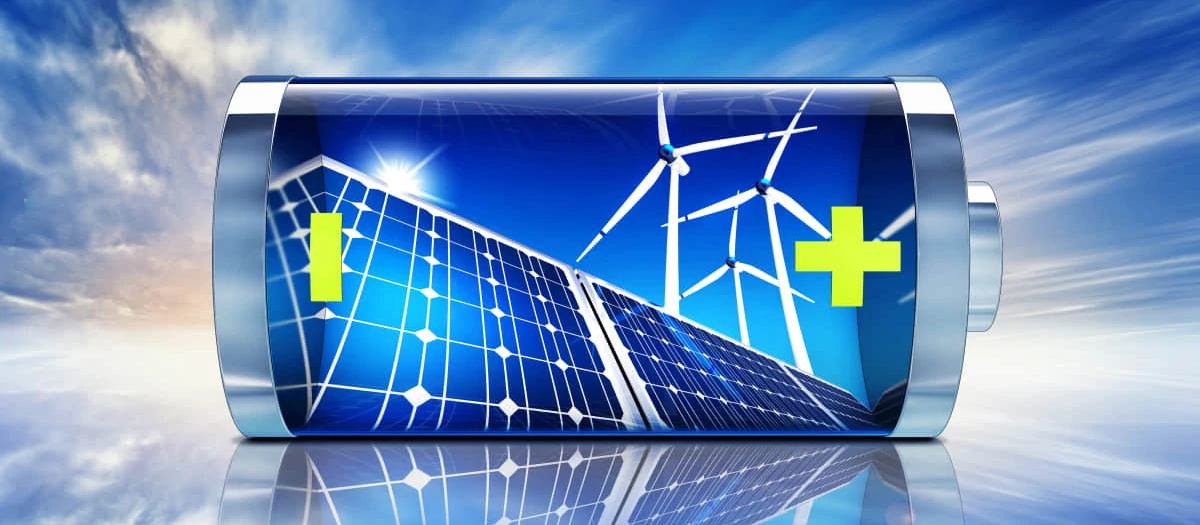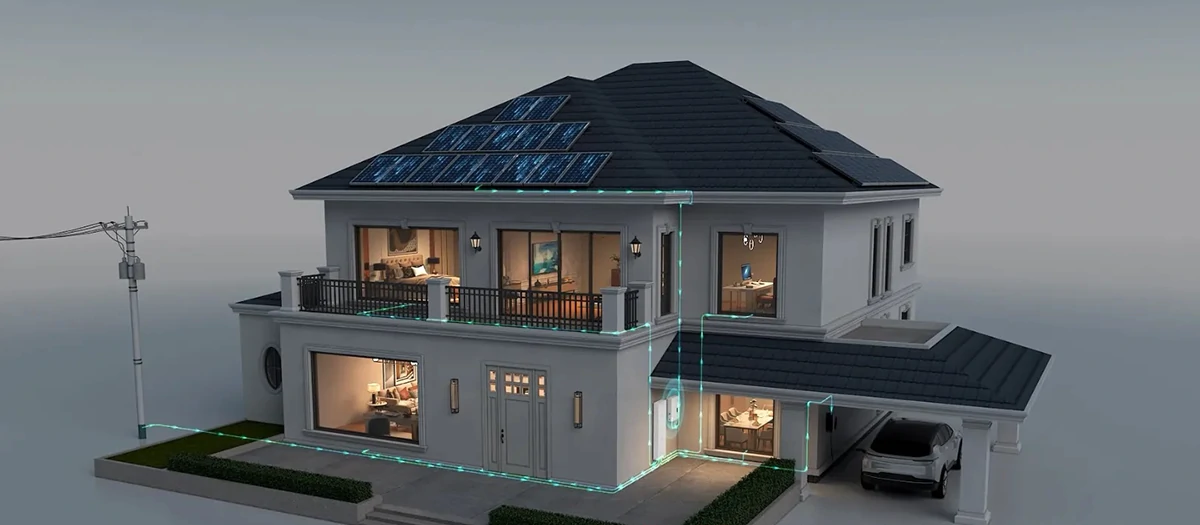The IEA reported that carbon dioxide emissions fell by 5.8% in 2020 compared with 2019, the largest drop in history. Mainly due to the slowdown of the global economy and the increase in installed renewable energy capacity year by year. However, as the economy recovers, carbon dioxide emissions increased by 4.8% in 2021 compared with 2020, approaching 2019 levels. Powerfar analyzes the development path of new energy storage and promptly adjusts market strategic decision-making planning.
According to current carbon emission projections, global temperature rise will exceed 2°C – 3°C by the middle of this century. This will cause serious impacts and risks to natural ecosystems, human health, food security, water resources, economic development, etc.

In response to the environmental crisis, countries have proposed goals and action plans for carbon peaking and carbon neutrality. We need to link up both ends of energy supply and demand to speed up the adjustment of energy structure. Improve energy utilization efficiency and reduce energy consumption intensity. Reduce dependence on fossil energy and increase the proportion of clean energy.
In order to cope with the “carbon peak” goal, Powerfar analyzes the development path of new energy storage. The following summary provides guidance for enterprises in terms of technological and industrial innovation and construction of new power systems.
At present, new energy storage technologies are still in a stage of rapid development and change.
Various technical routes have their advantages and limitations, and it is necessary to continue to increase R&D investment and innovation. Break through key technical problems, improve technical performance, reduce technical costs, and expand technical applications. According to the national energy development policy, enterprises should strengthen the strategic layout and systematic planning of new energy storage. Promote diversification, break through the whole process safety, and innovate smart control technology to deploy key technical research directions.

Focus on the whole process safety technology and carry out safety assessment and emergency response research on new energy storage. Establish standards and specifications for new energy storage systems to improve the safety and reliability of new energy storage systems.
Vigorously promote equipment and integration optimization, and focus on researching superconducting, supercapacitor and other energy storage technologies. Develop new energy storage materials to improve energy storage efficiency and safety, and reduce energy storage costs and environmental impact.


